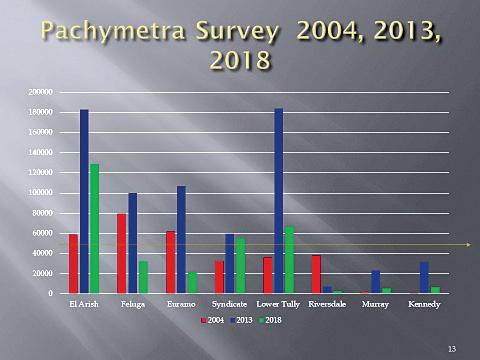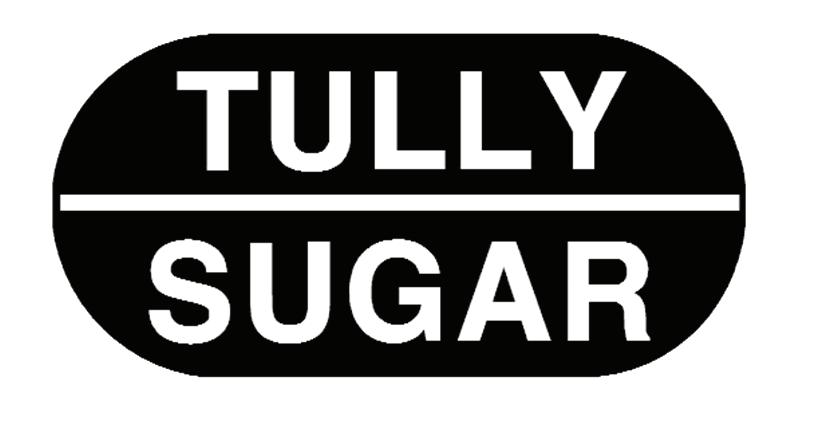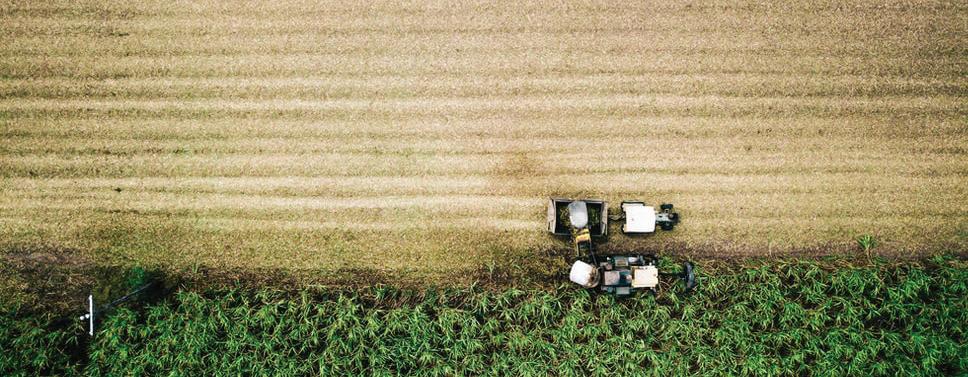
3 minute read
Growers deserve answers on terminal move
OWEN MENKENS - CANEGROWERS
THERE has been a lot of talk in the media about Queensland's bulk sugar terminals and who will operate them.
Advertisement
Sugar Terminals Limited (STL) recently announced it was abandoning a long and successful commercial partnership with Queensland Sugar Limited (QSL) to operate these terminals. Instead, STL will insource responsibility for Queensland's sugar storage and export facilities.
People not involved in the sugar industry were probably unaware these bulk sugar terminals existed, and a dispute between two businesses over who operates them may not seem particularly important.
But for the sugar industry, which underpins many regional communities along 2,000 kms of Queensland coastline and is a significant contributor to the state economy, these bulk sugar terminals are a vital piece of industry infrastructure that gives our sugar industry an advantage over international competitors.
The construction of these terminals was funded directly by growers over several years, and as such, they are industry assets.
Today, these assets' custodians are STL, a listed company with both grower and miller shareholders.
However, QSL has been responsible for their dayto-day operation for many years, an arrangement strongly supported by growers.
As an industry-owned organisation and Australia's largest sugar marketing company, QSL has built a lot of trust within the growing community.
QSL is also a not-for-profit organisation, operating the terminals solely for the benefit of the industry.
STL, on the other hand, would be obligated to operate the terminals for the benefit of shareholders.
STL's decision to insource terminal operations was made without consulting growers. These very people built these terminals to strengthen the industry.
On the face of it, there seems little justification for this change. It appears to be more about corporate manoeuvring than improving efficiency.
There is certainly no disputing that QSL has operated the terminals safely and efficiently, and its performance has been highly scrutinised.
With this in mind, CANEGROWERS is now calling on STL to make clear the following:
• How they intend to operate the terminals to deliver lower operating costs and an improvement in efficiency
• How these cost savings will flow through to growers
• What the forward operating strategy is for the terminals
• How STL will ensure this strategy is used to benefit the Australian sugarcane industry and not be distracted seeking alternative business models driven by a focus on shareholder returns.
The successful operation of our terminals is vital to the overall success of Australia's sugarcane industry.
QSL's smooth and efficient operation of these terminals has ensured the industry maintained a competitive edge. This recent move by STL threatens that competitive advantage, and growers are rightly concerned, and they deserve an explanation.
WITH 2023 now well underway, the latest Tully 5-year Pachymetra survey has started.

Since the early 1980s, there have been several Pachymetra surveys conducted in the Tully district, the first three or so were conducted by the old BSES, and since 2013 TSL has been conducting them every five years as part of the Tully Variety Management group.
The Sugar Research Australia (SRA) lab that conducts the soil analysis, measuring the disease in terms of spore numbers/kg of soil, is right here in Tully.

As written about before, Pachymetra root rot is a soil fungal disease that basically eats away the cane root system and is especially prevalent in wet, high rainfall areas with low Ph soils that have grown sugar cane for a long time.
The cane roots can’t operate properly where the disease is active. Yield is affected; in extreme cases, the crop falls over or is completely taken out of the ground at harvest. The excess cane roots coming into the mill bring excess dirt, so the soil levels coming into the mill become elevated. Soil levels of more the 2% cause trouble for the mill.
When we did the 2013 survey, we found the level of Pachymetra in the soil in certain older areas of the district was very high. At that stage, we only had a couple of Pachymetra-resistant Varieteis that could have been more reliable yielding ones like Q241.

The aim after the 2013 survey was to fast-track as many high-yielding Pachymetra resistant Varieties into the district as possible. We think we have had some success with several varieties, namely Q253 ( prompted from 2016 ), SRA 6 ( promoted from 2018) and SRA 26 (promoted from 2020), all resistant to Pachymetra and quite high yielding.
The last survey done in 2018 showed that the incidence of the disease had dropped by almost 50%, but that may have been the result of some drier years between 2015-2018.
So the 2023 survey, which started in January 2023, aims to go back to the same paddocks as in 2013 and 2018 and sample again to see if the change to resistant varieties, where this has occurred, is actually helping manage the disease.
The result of this 2023 survey will, like the 2013 and 2018 surveys, forms part of the Tully new variety guide, which his year will be released to the industry early in May.










